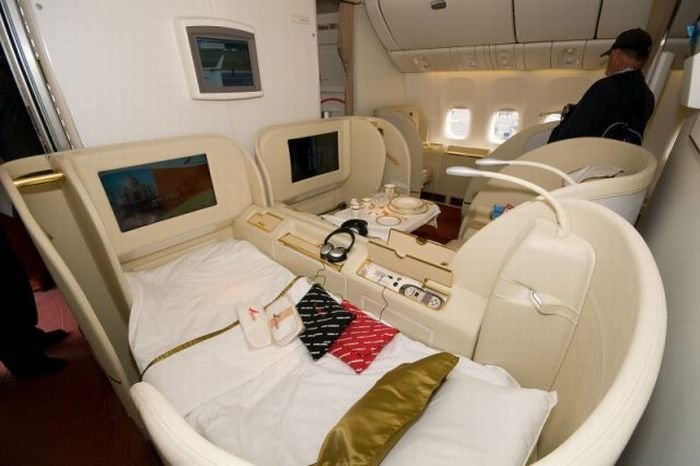|
|
First Class Travel
|
Germany
The various private and state-owned railways in Germany featured first-class, second-class and third-class amenities from the start. Beginning in Prussia in 1852, extremely austere fourth-class coaches were introduced. After nationalisation (1920) and consolidation (Deutsche Reichsbahn-Gesellschaft, 1924), the fourth class was abandoned in 1928 in order to generate more revenue by forcing passengers to pay the higher prices for third-class tickets.
As those of most of the rest of Europe, the railways of East as well as West Germany moved to a two-class system in 1956. To this end, the first class was abandoned and the former second and third classes redesignated as the new first and second classes. Except for some regional and commuter train services (including some, but not all S-Bahn systems), which are second-class only, this distinction exists to this day.
The difference in amenities between the first and second class varies between train operators, services and lines. It generally translated to more legroom, tables and/or three-abreast instead of four-abreast seating for first-class passengers. On Deutsche Bahn's international and Sprinter ICE services, first-class passengers, unlike second-class passengers, receive a complimentary meal; on all ICE and InterCity services, passengers in first class are served the full selection of meals and refreshments at their seats, while second-class passengers can only obtain them in the dining car.
|
|









